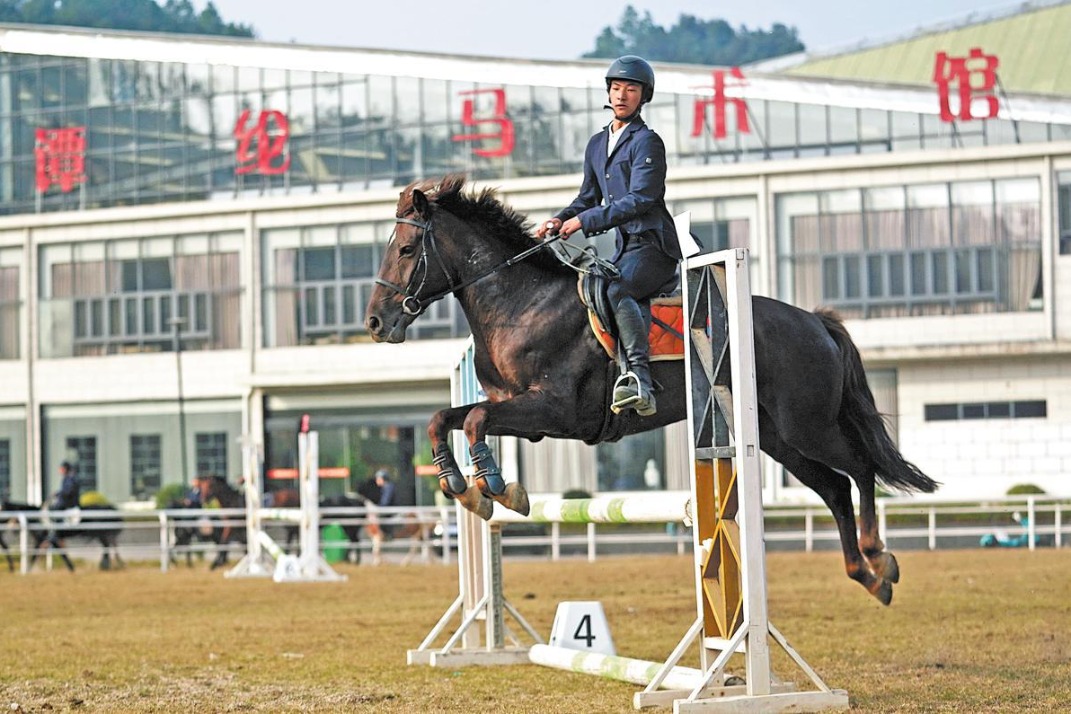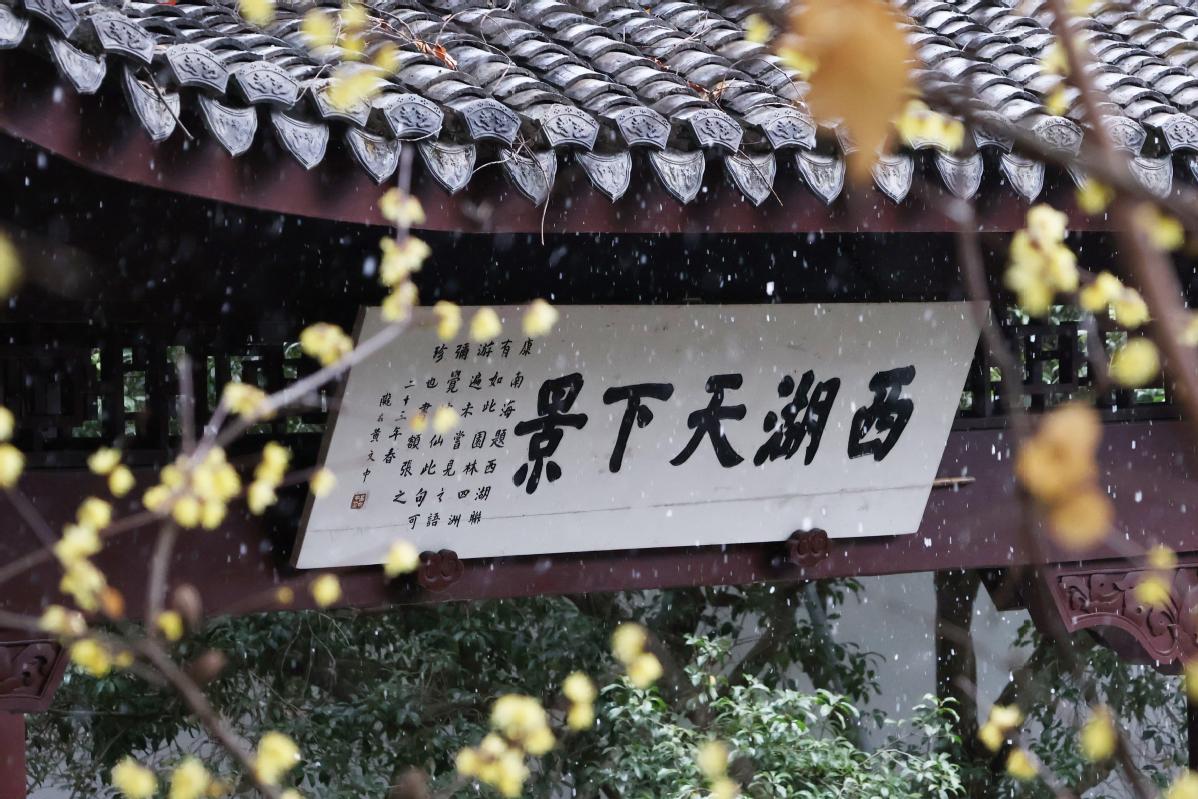Low-altitude satellite network to be launched for better remote sensing


China Aerospace Science and Industry Corp, a major space contractor, is planning to deploy a remote-sensing satellite network in low-altitude orbits, according to a project leader.
Song Xiaoming, president of the CASIC Second Academy, said that China intends to establish a space-based, high-performance infrastructure system for global remote-sensing operations.
Remote sensing refers to the process of detecting and monitoring the physical characteristics of an area by measuring its reflected and emitted radiation at a distance, typically from aircraft or satellites.
"To meet the urgent needs for satellite systems that can obtain and transmit remote-sensing data with higher resolution and faster speed, the Second Academy will take advantage of our expertise in small satellite platforms, low-orbit communications and smart manufacturing technology to design, construct and operate a satellite network in extra-low-altitude orbits," he said.
The network will feature low construction and operational cost, a large fleet of space-based assets and fast satellite production and deployment so it will be able to compete with existing networks, according to Song.
He explained that compared with existing remote-sensing satellites, the new models will travel in orbits at altitudes ranging from 150 to 300 kilometers, which means they will be easier and cheaper to be made and launched without compromising the remote-sensing resolution.
Currently, researchers at the academy's space engineering department are developing the first satellites for the system.
The first satellite is expected to be ready for launch in September but the exact schedule will be determined in due course, Song said, adding that it will be tasked with verifying extra-low-altitude orbiting, high-definition Earth-bound imaging, smart processing and data-to-user technologies.
Song made the remarks on the sidelines of the first session of the 14th National Committee of the Chinese People's Political Consultative Conference, which opened in Beijing on Saturday. He is a member of the CPPCC National Committee, the top political advisory body in China.
The Second Academy is a major developer of low-orbit satellite systems in China. It has deployed the country's first experimental low-orbit broadband communications system, which has fulfilled many in-orbit tests and produced a large quantity of data.
The academy has also built China's first smart manufacturing plant for satellites in Wuhan, capital of Hubei province. The factory has a full manufacturing capacity and can make 240 small satellites a year.
- Strengthening trade bonds benefits people across Taiwan Strait: spokesperson
- Chinese researchers develop eye surgery robot
- High-speed train staff members in Beijing busy preparing for Spring Festival travel rush
- Mainland says DPP's so-called trade deal with US sells out Taiwan's interests
- A bar with no bar
- Disaster relief efforts underway after 5.1-magnitude quake hits China's Yunnan





































